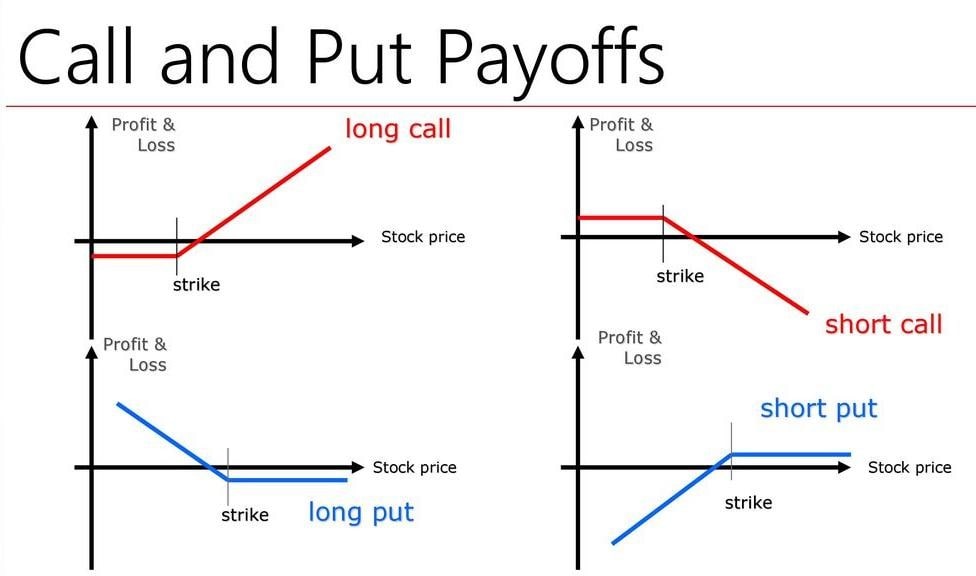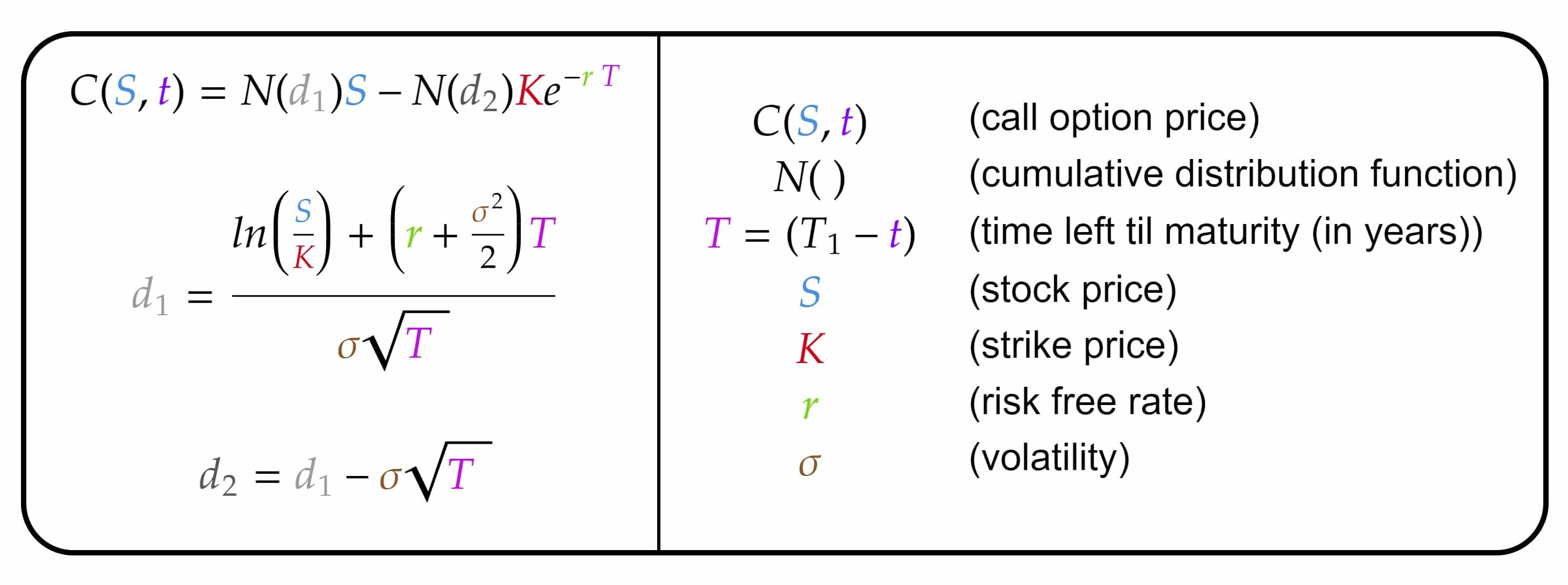Download the free app now!
Portfolio monitoring, ETF simulation, investment benchmark and many other tools at your fingertips completely free.


Options are powerful financial instruments that provide investors with flexibility and potential profit opportunities. Whether you’re a seasoned investor or just starting out, understanding how options work can enhance your investment strategy and open doors to a world of possibilities. In this comprehensive guide, we will delve into the intricacies of options, demystifying their mechanics and exploring their various applications.
Options are derivative contracts that give the holder the right, but not the obligation, to buy or sell an underlying asset at a predetermined price (strike price) within a specified timeframe. The underlying assets can be stocks, indexes, commodities, or currencies. Options are commonly traded on organized exchanges, offering liquidity and transparency to market participants.
Discover how easy it is to replicate this analysis and many other investment strategies in the Wallible app. With free registration you get access to all the tools.
Sign up for freeA call option provides the holder with the right to buy the underlying asset at the strike price before the expiration date. If the market price of the asset rises above the strike price, the option holder can exercise the option and profit from the price difference. However, if the market price remains below the strike price, the option may expire worthless, and the holder’s loss is limited to the premium paid for the option.
A put option grants the holder the right to sell the underlying asset at the strike price before the expiration date. If the market price of the asset falls below the strike price, the option holder can exercise the option and generate a profit. Conversely, if the market price remains above the strike price, the put option may expire worthless, and the holder’s loss is limited to the premium paid.

The pricing of options is influenced by various factors, including the underlying asset’s price, time until expiration, volatility, interest rates, and dividends (for stock options). Understanding these factors is crucial for evaluating the potential value and risk associated with options. One widely used model for pricing options is the Black-Scholes model, which incorporates these variables to calculate theoretical option prices.

Options offer a multitude of strategies that can be employed to achieve different objectives. Some common strategies include buying call options to speculate on the price increase of an underlying asset, selling covered calls to generate income from a stock position, or using protective put options to hedge against potential downside risk. The versatility of options allows investors to customize their strategies based on their market outlook, risk tolerance, and investment goals.
Options can be valuable tools for investors, providing them with the ability to capitalize on market movements, manage risk, and enhance their overall investment performance. By understanding the fundamentals of options, including their mechanics, pricing, and various strategies, investors can make informed decisions and incorporate options into their investment portfolios. However, it’s important to remember that options involve risks, and seeking professional advice is advisable before engaging in options trading.